Complete Solutions to Exercises Subjective of chapter ALIPHATIC AND AROMATIC ALDEHYDES AND KETONES of Class 12 book with complete answers and questions
| Class 12 | CHEMISTRY |
| Chapter | ALIPHATIC AND AROMATIC ALDEHYDES AND KETONES |
| CENGAGE CHEMISTRY | Exercises Subjective |
| Number Of Questions | 52 |
| Academic Year | 2023-24 |
Complete the following reaction:
 View Solution
View SolutionComplete the following reactions:
 02:37View Solution
02:37View SolutionComplete the following reaction:
 04:26View Solution
04:26View SolutionEpoxides of `alpha,beta`-unsaturated carbonyl compounds can be formed by peroxy acid as well as with `H_(2)O_(2)//O^(Θ)H`. Explain the formation of epoxides in both cases.
04:14View SolutionComplete the following reaction
 02:22View Solution
02:22View SolutionComplete the following reaction
 03:48View Solution
03:48View SolutionComplete the following reaction
 01:35View Solution
01:35View SolutionComplete the following reaction
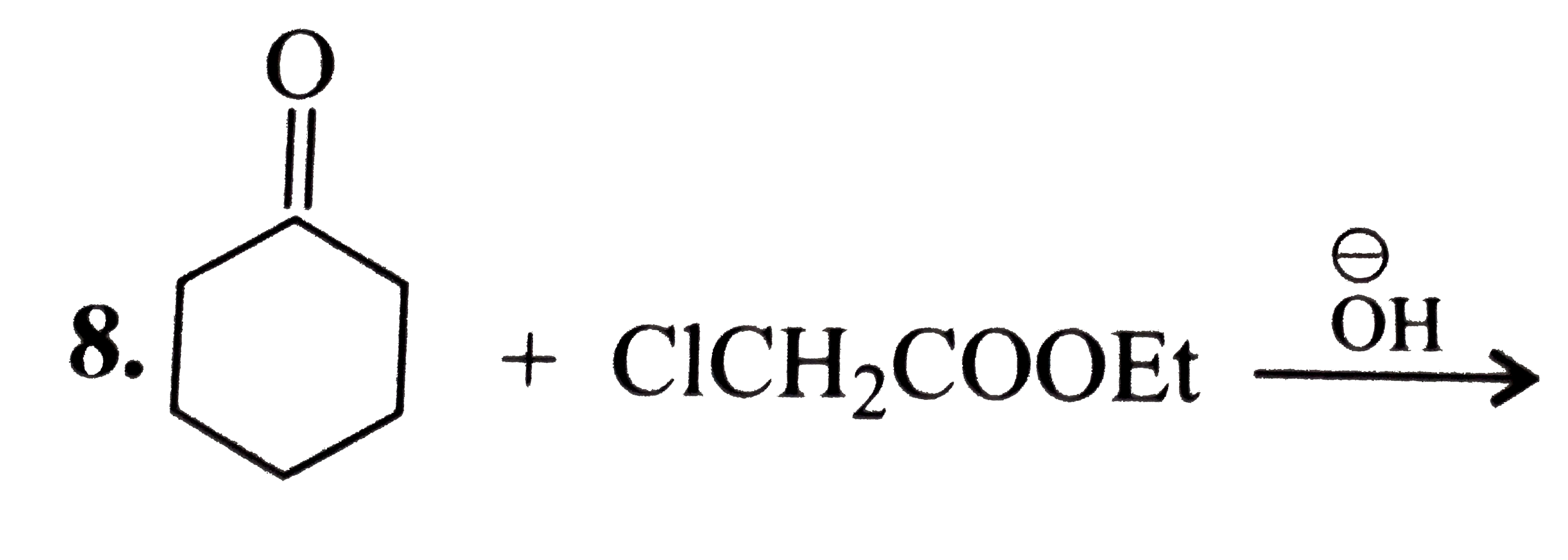 01:50View Solution
01:50View SolutionComplete the following reaction
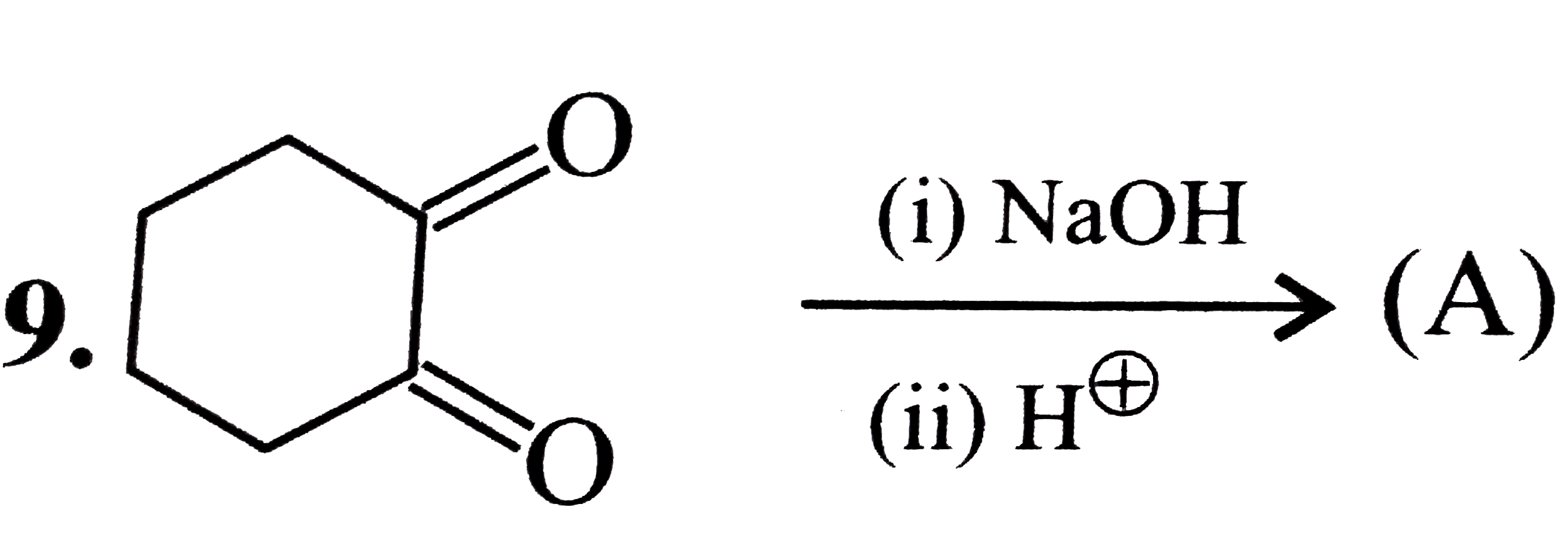 02:12View Solution
02:12View SolutionComplete the following reaction
 03:12View Solution
03:12View SolutionComplete the following reaction
 03:19View Solution
03:19View SolutionComplete the following reaction
 01:54View Solution
01:54View Solution View Solution
View SolutionComplete the following reaction
 02:33View Solution
02:33View SolutionComplete the following reaction
 05:46View Solution
05:46View Solution View Solution
View Solution View Solution
View Solution View Solution
View Solution View Solution
View SolutionTwo moles of HCHO and 1 mol of PhCHO react with conc. NaOH. What are the produsts quantitatively?
02:50View SolutionGive the aldol condensation product of:
a. 05:13View Solution
05:13View SolutionArrange the following compounds according to the extent of hydration.
i. 05:48View Solution
05:48View SolutionConvert `CH_(3)CHO` into the following compounds:
a.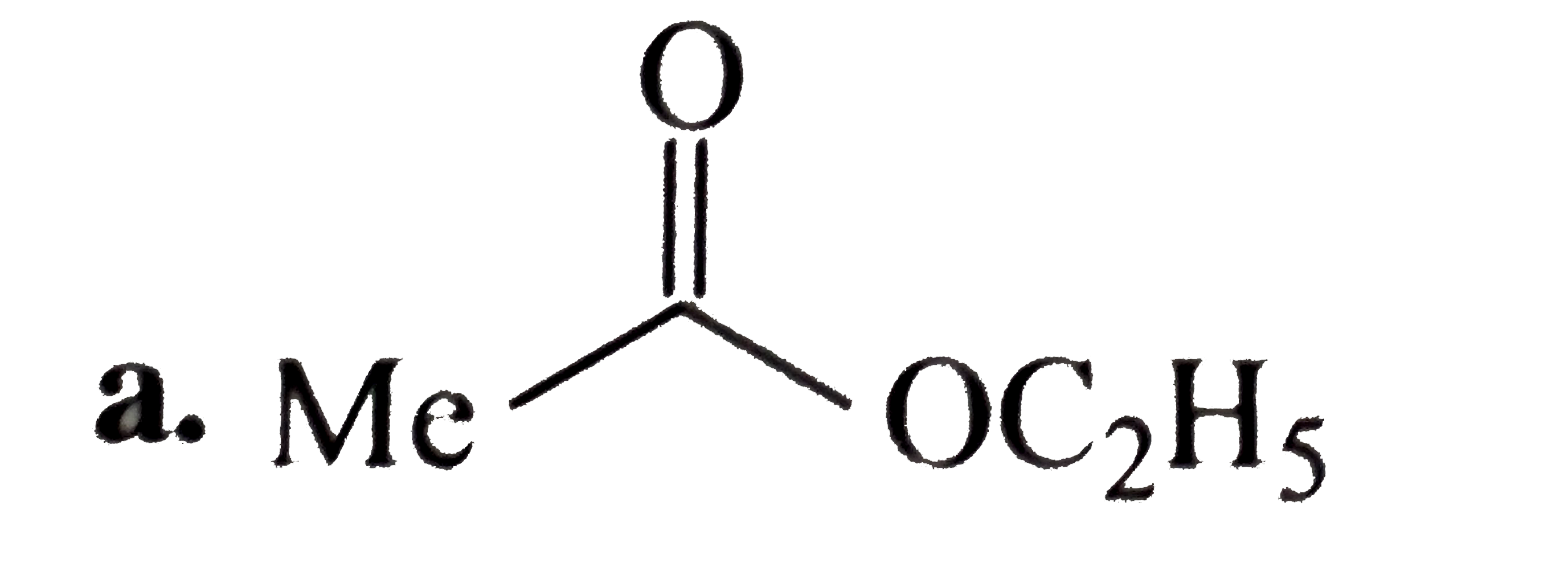
b. 02:31View Solution
02:31View SolutionIdentify:
i.
ii.
iii.
iv.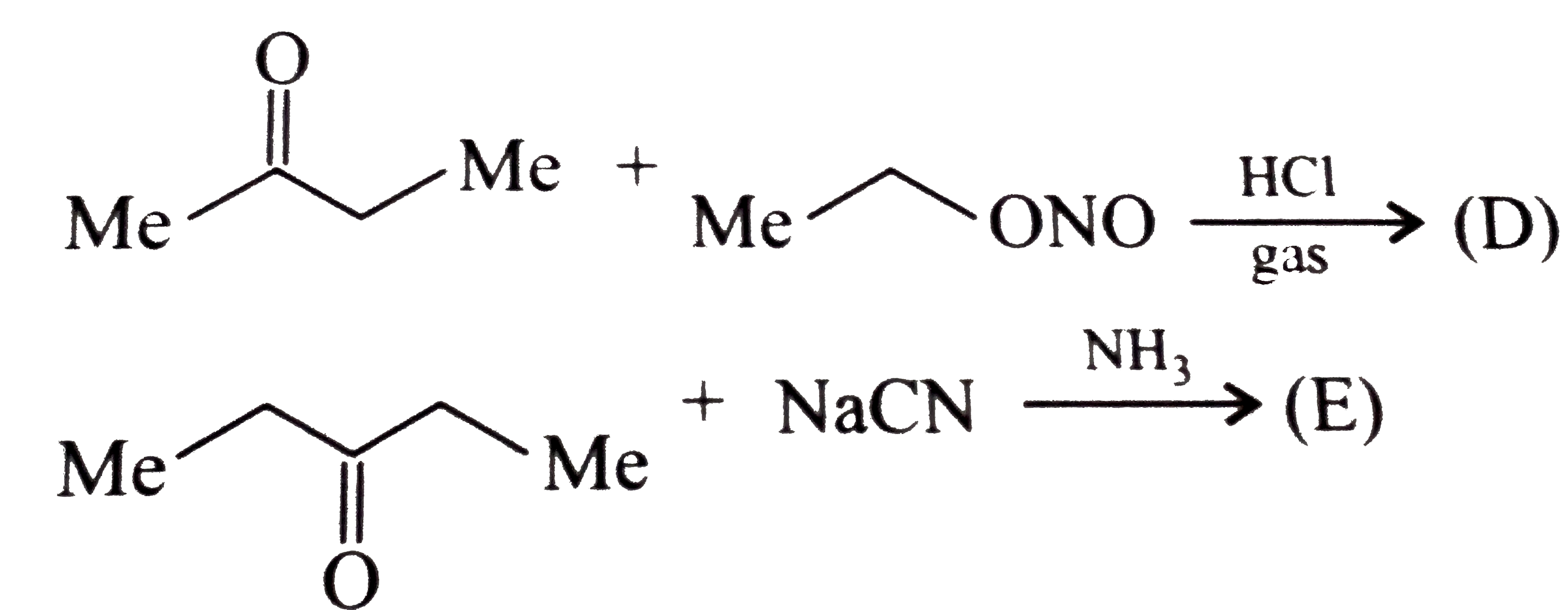
v.
vi. View Solution
View Solution View Solution
View Solution View Solution
View SolutionComplete the following:
a. `2PhCHO+NH_(2)NH_(2)rarr`
b. Reduction of PhCHO with the following: i. LAH
ii. Clemmensen's reduction `(Zn(Hg)//conc. HCl)`
iii. Wolff-Kishner reduction `(NH_(2)NH_(2)+Glycol+overset(Θ)(OH))`
03:14View SolutionComplete the following:
a.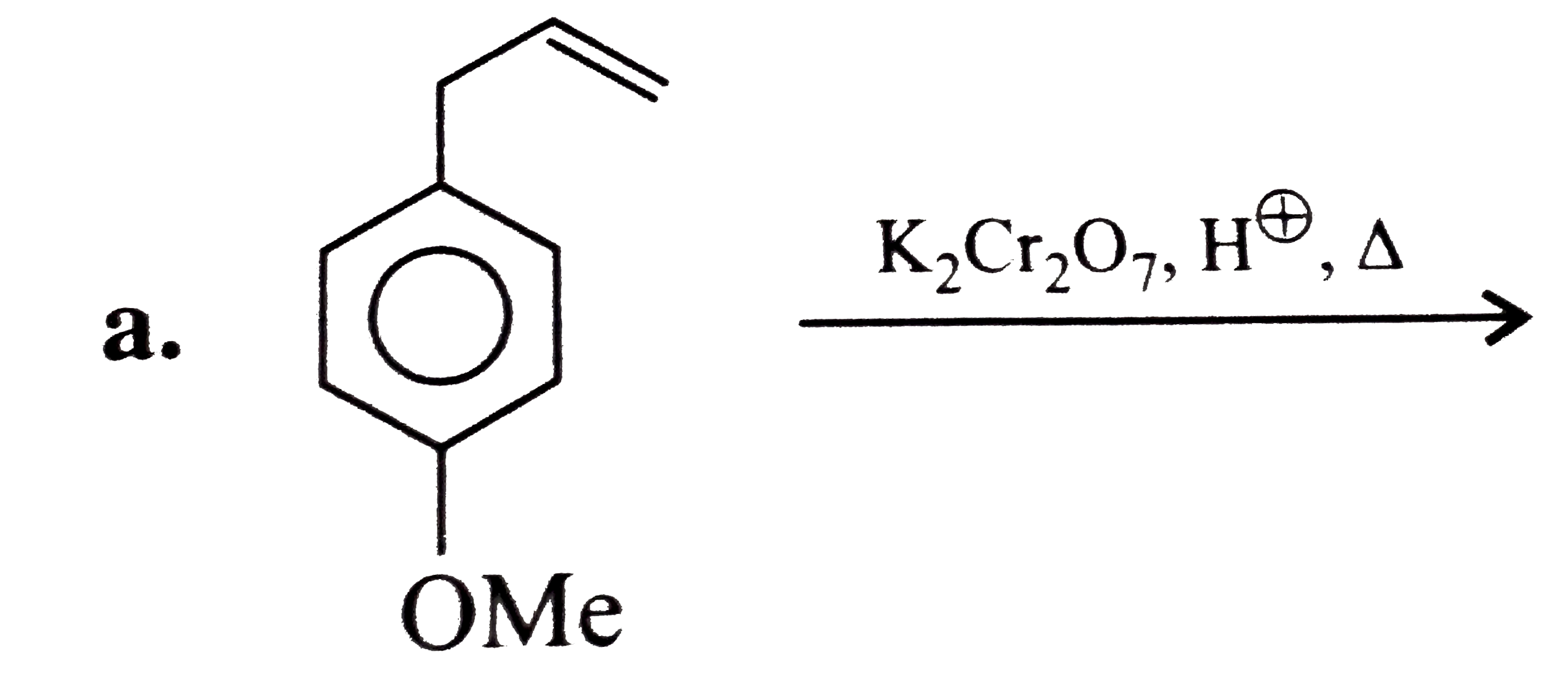 01:33View Solution
01:33View Solutiona. `PhCOH_(3) overset(NaOCI)underset(NaOH)rarr PhCOONa+CHCl_(3)`
b.
Both have `(-COCH_(3))` group, but haloform is formed in (a) only, Explain.View SolutionConvert salicyaldeyde into
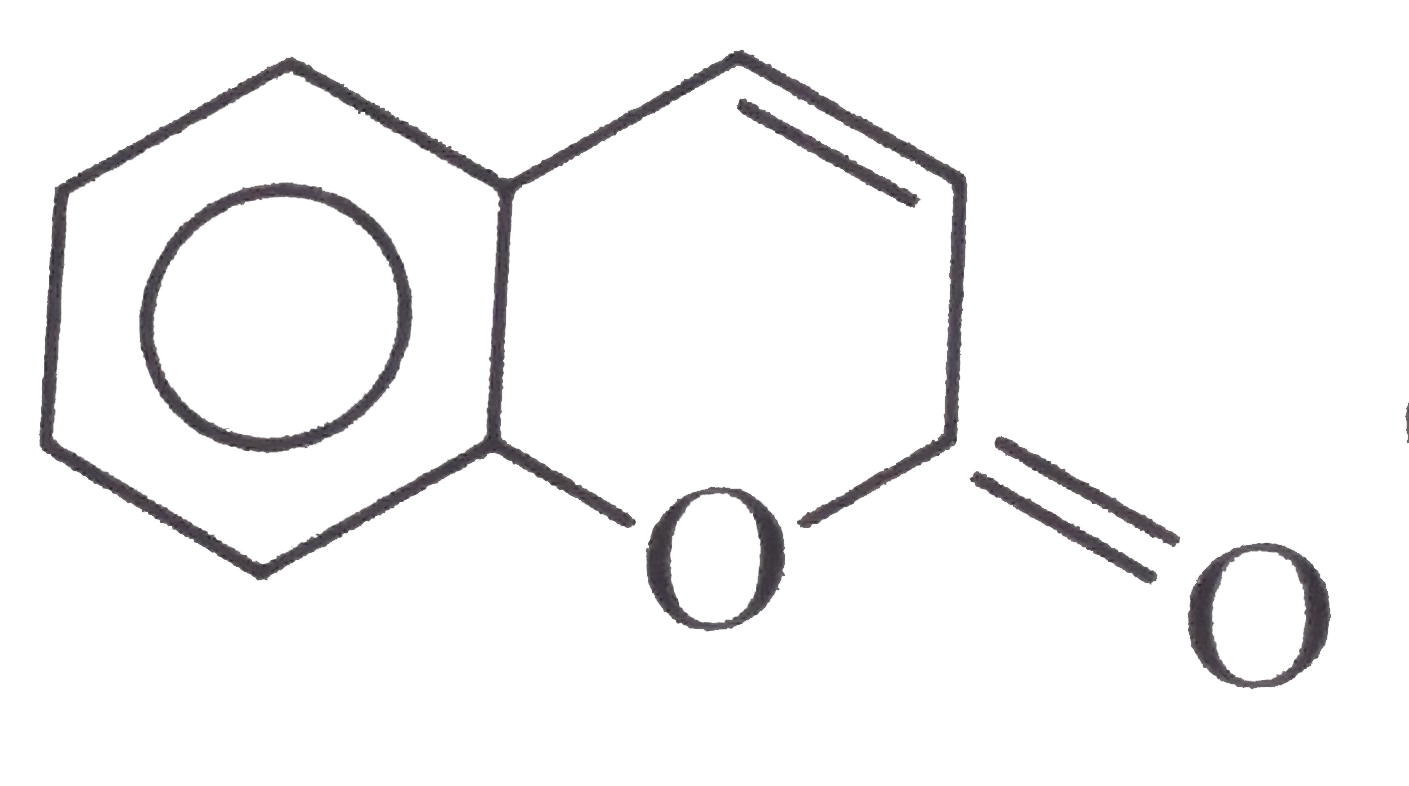 (coumarin).04:36View Solution
(coumarin).04:36View Solutiona.
 01:46View Solution
01:46View Solution`(B)overset(Θ)(OH)larr CH_(2)=CH-CHO overset(AI(OEt)_(3))rarr (A)`
04:22View Solutionp-Hydroxybenzaldehyde does not undergo Cannizzaro reaction. Explain.
02:26View SolutionComplete the following reaction
 04:42View Solution
04:42View SolutionConvert HCHO to glycol in one step only.
02:03View SolutionConvert
 and vice versa.View Solution
and vice versa.View SolutionConvert benzence to PhCHO in one step only.
01:14View SolutionAn aromatic kentone (X) has the molecular formula `C_(10)H_(12)O_(2)`. On vigorous oxidation, it yields a dibasic acid (Y) having the formula `C_(9)H_(8)O_(5)` which rapidly forms an anhydride on heating. (X) on strong heating with sodium hypobromite gives monobasic acid (Z) with the formula `C_(9)H_(10)O_(3)`. (Z), when heated with soda lime, gives 3-methylanisole. Interpret the above reactions and deduce the structures of (X), (Y), and (Z).
View SolutionA natural compound (A) `(C_(7)H_(6)O)` forms an oxime. When (A) is treated with acetic anhydride and sodium acetate, it yields a product (B) which decolourises alkaline `KMnO_(4)` solution and also gives effervscence with `NaHCO_(3)`. Explain the reaction and assign structures to (A) and (B).
05:40View SolutionAn organic compound (A) `(C_(8)H_(14)O)` forms an oxime and gives a positive haloform reaction. On ozonolysis, it gives acetone and a compound (B) `(C_(5)H_(8)O_(2))` . (B) forms a dioxime and on subjecting to oxidation reaction gives an acid (C ) `(C_(4)H_(6)O_(4))`. On treatment with excess of ammonia and strong heating, (C ) gives a neutral compound (D) `(C_(4)H_(5)O_(2)N)`. (D) on distillation with zinc dust forms pyrrloe. Suggest the possible structures of (A), (B), (C ), and (D). Explain the chemical reactions involved.
07:27View SolutionCompound (A) `(C_(6)H_(12)O_(2))` on reduction with `LiAlH_(4)` yielded two compounds (B) and (C ). The compound (B) on oxidation gave (D), which on treatment with aqueous alkail and subsequent heating furnished (E ). The latter on catalytic hydrogenation gave (C ). The compound (D) was oxidised further to give (F) which was found to be a monobasic acid (molecular formula weight `= 60.0`). Deduce the structures of (A), (B), (C ), (D), and (E ).
View SolutionHydrocarbon (X), `C_(7)H_(12)`, on reaction with boron hydride followed by treatment with `CH_(3)COOH` yields (A). On reductive ozonolysis (A) yields a mixture of two aldehydes, (B) and (C ). Of these, only (B) can undergo Cannizzaro reaction. (A) exists in two geometrical isomer, `(A-1)` and `(A-2)`, of which `(A-2)` is more stable. Gives structures of (X), (A), (B), (C ), `(A-1)`, and `(A-2)` with proper reasoning.
06:28View SolutionAn organic compound (A) `(C_(6)H_(10))` on reaction with `CH_(3)MgBr` followed by acid treatment gives compound (B). The compound (B) on ozonolysis gives compound (C ), which in the presence of a base gives 1-acetylcyclo-pentene (D). The compound (B) on reaction with HBr gives (E ). Write the structures of (A), (B), (C ), and (E). Show how (D) is formed form (C ).
View SolutionAn organic compound (A) contaning C, H, and O `(16.32%)` does not decolourise bromine water and does not give any precipitate with ammonical `AgNO_(3)`. It consumes 1 mol of `NH_(2)OH` per mole of (A) to give a solid derivative. The monobromo derivative of (A) shows optical activity. If (A) is optically inactive, suggest the structure.
03:14View SolutionA `0.535` gm mixture of ethanol and acetaldehyde when heated with Fehling's solution gave `1.2` gm of a red precipitate. What is the percentage of acetaldethyde in the mixture ?
03:31View SolutionAn organic compound (A) contains `79.25%` C, `5.66%` H, and `15.09%` O. It has a vapour density of 53 and reduces the Tollens reagent. Action of NaOH on (A) produces (B) and (C ). (B) on controlled oxidation gives (A) which on further oxidation produces (C ). (C ) on distillation with `PCl_(5)` gives (D). (D) reacts with aq. `NH_(3)` giving (E ) which reacts with `NaOH` and `Br_(2)` forming (F). The latter on reaction which hypo-phoshorus acid yield (H). Identify the compounds (A) to (H).
View SolutionAn organic compound (A) containing `60.12%` (C ) and `13.3%` H has vapour density of 30. On oxidation it gives (B) `(C_(3)H_(6)O)` which on further oxidation by NaOH and `I_(2)` gives compound (C ) `(C_(2)H_(3)O_(2)Na)`. When (B) is treated with hydroxylamine, a compound (D) `(C_(3)H_(7)NO)` is formed. what are (A), (B), (C ) and (D) ?
05:26View SolutionTwo organic compounds (A) and (B) containing `62.01%` C and `10.3%` H react with HCN in different manners to produce (C ) and (D), respectively. Subsequent hydrolysis of (C ) and (D) gives optically active compounds (E ) and (F). Both (E ) and (F) on decarboxylation give the same compound (G). Identify the compounds (A) to (G).
View SolutionAn organic compound (A) `(C_(5)H_(7)OCl)` reacts rapidly with ethanol to give (B) `(C_(7)H_(12)O_(2))`. (A) also reacts with water to produce an acid which reacts with bromine to give (C ) `(C_(5)H_(8)Br_(2)O_(2))`. (B) on boiling with `H_(2)SO_(4)` forms an acid (D). When (D) is oxidised with `KMnO_(4)` an acid (E ) `(C_(4)H_(6)O_(3))` is produced. On mild heating, (E ) gives (F) `(C_(3)H_(6)O)` which cannot be oxidised by ammoniacal `AgNO_(3)`. Identify the compounds (A) to (F).
06:39View SolutionAn organic compound (A) contains `87.27%` C and `13.73%` H. Its vapour density is 55. Ozonolysis of (A) gives three compounds (B), (C ), and (D). (B) undergoes a positive iodoform reaction and reacts with phenylhdrazine. Compounds (C ) and (D) are not positive to Iodoform test. (C ) on controlled oxidation gives (E ) `(C_(4)H_(6)O_(4))` , which reacts with two equivalents of NaOH for complete neutralisation. (E) on heating above its melting point yields (F) `(C_(4)H_(4)O_(3))` along with `H_(2)O`. Compound D reacts with NaOH solution to form (G) and (H). Acidified solution of (G) yields with a voltile acid (I) which reduces ammonical `AgNO_(3)` solution. (I) undergoes reduction with `LiAlH_(4)` to produce (H). Assign structures for the lettered compounds (A) to (I).
View SolutionAn organic compound (A) `C_(4)H_(9)Cl` on reacting with aqueous KOH gives (B) and on reaction with alcoholic KOH gives (C ), which is also formed on passing the vapours of (B) over the heated copper. The compound (C ) readily decolourises bromine water. Ozonolysis of (C ) gives two compounds (D) and (E ). Compound (D) reacts with `NH_(2)OH` to give (F) and compound (E ) reacts with NaOH to have an alcohol (G) and sodium salt (H) of an acid. (D) can also be prepared form propyne on treatment with water in the presence of `Hg^(2+)` and `H_(2)SO_(4)`. Identify (A) to (H) with proper reasoning.
07:07View SolutionAn alkyne with five carbon atoms per molecule when passed through dilute sulphuric acid containing mercuric sulphate gives a compound which forms an oxime but has no effect on Fehling's solution. The compound on oxidation gives dimethyl acetic acid. It reacts with sodamide to form a hydrocarbon. What is the structure of the alkyne ?
02:54View Solution
Exercises Subjective questions and complete solutions for chapter ALIPHATIC AND AROMATIC ALDEHYDES AND KETONES of CENGAGE CHEMISTRY (ENGLISH) of Class 12
All Exercises from CENGAGE CHEMISTRY Class 12 CHEMISTRY ALIPHATIC AND AROMATIC ALDEHYDES AND KETONES
- Archives Fill In Theblanks
- Archives Linked Comprehension
- Archives Multiple Correct
- Archives Objective
- Archives Subjective
- Archives True And False
- Exercises Assertion-Reasoning
- Exercises Concept Application
- Exercises Linked Comprehension
- Exercises Multiple Correct
- Exercises Single Correct
- Exercises Subjective
- Illustration
- Solved Examples
